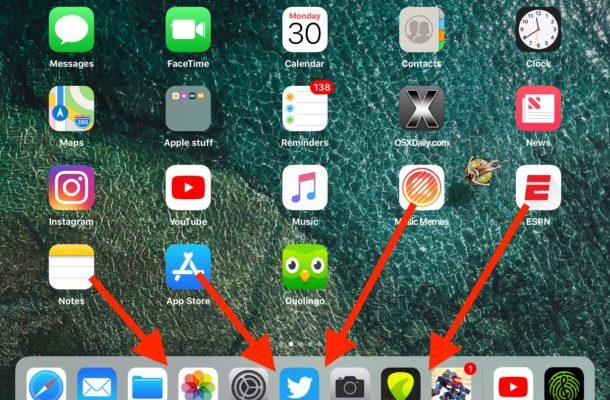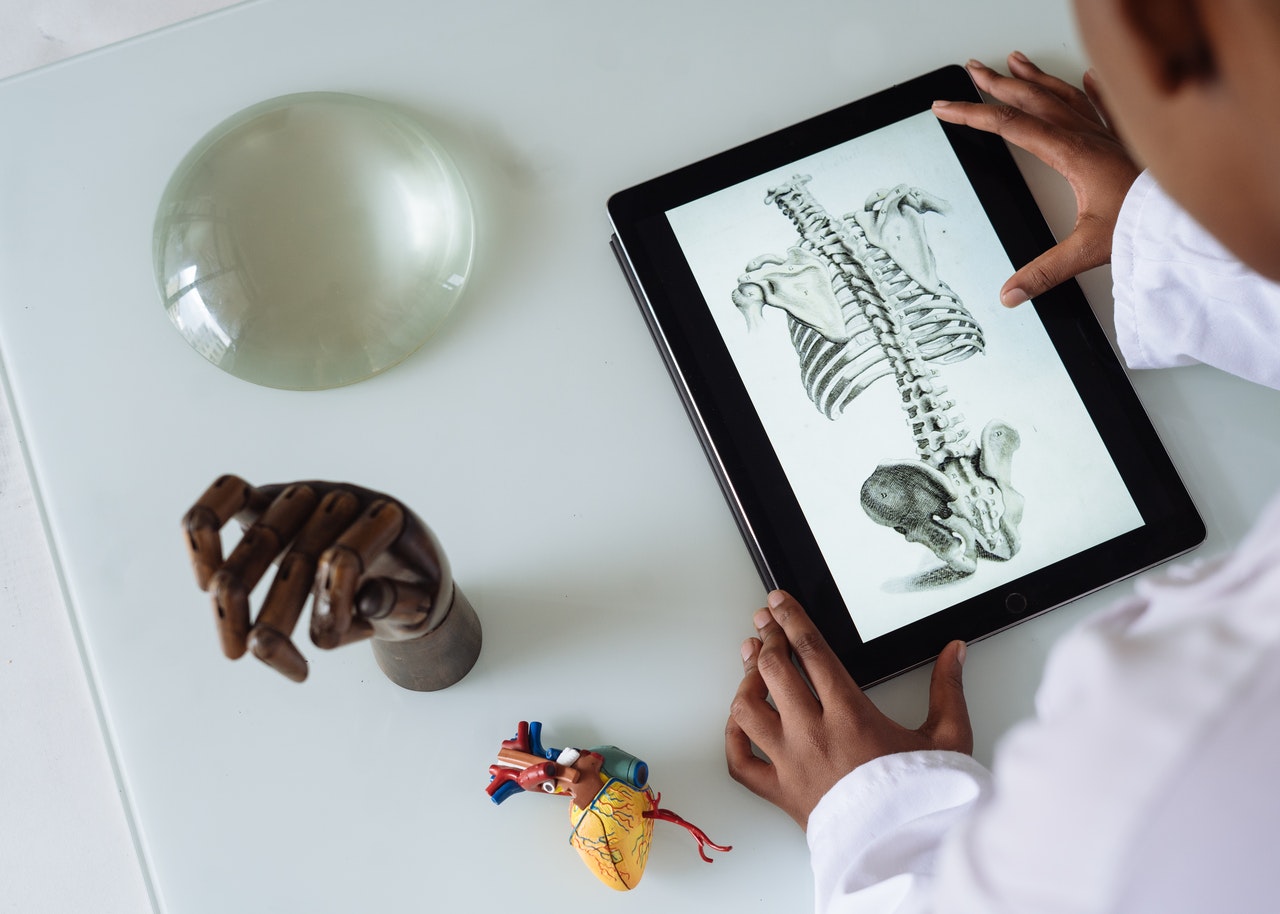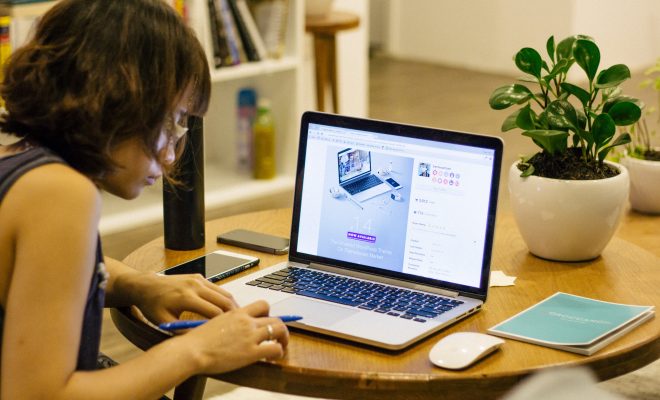Ultimate Guide to Connecting LED Light Strips to Arduino

Arduino is a well-known open-source electronics platform that provides users with the ability to create interactive and easy-to-control systems in a reliable manner. A popular use for Arduino boards is creating LED light strips that allow users to create custom lighting setups for their homes or businesses. If you’re interested in creating your own LED light strips controlled by Arduino, this guide will help you get started.
Step 1: Get the Right Parts
Before you can start connecting your LED light strips to Arduino, you’ll need to gather the necessary parts. You’ll need an Arduino board, LED light strips or modules, a power supply, jumper wires or connectors, and a soldering iron if you plan on making custom connections.
When selecting LED light strips, consider the type of projects you plan on using them for, the brightness, and the color temperature. RGB LED strips are popular for their ability to change colors, while white LED strips are ideal for task lighting.
Step 2: Connect LED Light Strips to the Arduino
Now that you have all the necessary parts, it’s time to connect the LED light strips to the Arduino. The first step is to identify positive (+) and negative (-) leads on the LED light strips. The positive terminal may be labeled with the symbol (+) or a thicker line than the negative terminal. Be sure to verify the polarity of your LED light strips before you start making connections.
Connect the positive lead of the LED light strip to Arduino’s 5V pin, and the negative lead to the GND pin. If you’re using an RGB LED strip, there may be additional leads for red, green, and blue. You will need to connect each of these to their respective pins on the Arduino board.
Step 3: Power Supply for LED Light Strips
While Arduino can provide power to LED light strips, you’ll want to use an external power supply to avoid overloading the Arduino board. Most LED light strips require a voltage between 12V and 24V, depending on the number of LEDS and the length of the strip. You can purchase power supplies specifically designed for LED light strips that have the necessary voltage and current capacity.
When connecting the power supply to the LED light strip, ensure that the positive (+) lead is connected to the positive lead of the LED light strip, and the negative (-) lead is connected to the negative lead.
Step 4: Programming the Arduino Board
After connecting the LED light strips and power supply to the Arduino board, it is time to program the board. You will need to use an integrated development environment (IDE) for programming the board. The IDE software can be downloaded for free from the official Arduino website. Use the IDE to write code that controls the LED light strip’s brightness or color. Be sure to follow the correct syntax rules for the language.
You can find sample codes online to get you started with LED light strips. There are tons of tutorials available on websites like Instructables and YouTube.
Step 5: Optional – Adding Additional Components
Finally, you can add additional components to your LED light strips to make them even more versatile. For example, you can add a potentiometer to adjust the LED light strip’s brightness or add sensors to detect light or movement in your environment. The possibilities are endless – experiment with different components to create unique and customized LED light strips.






